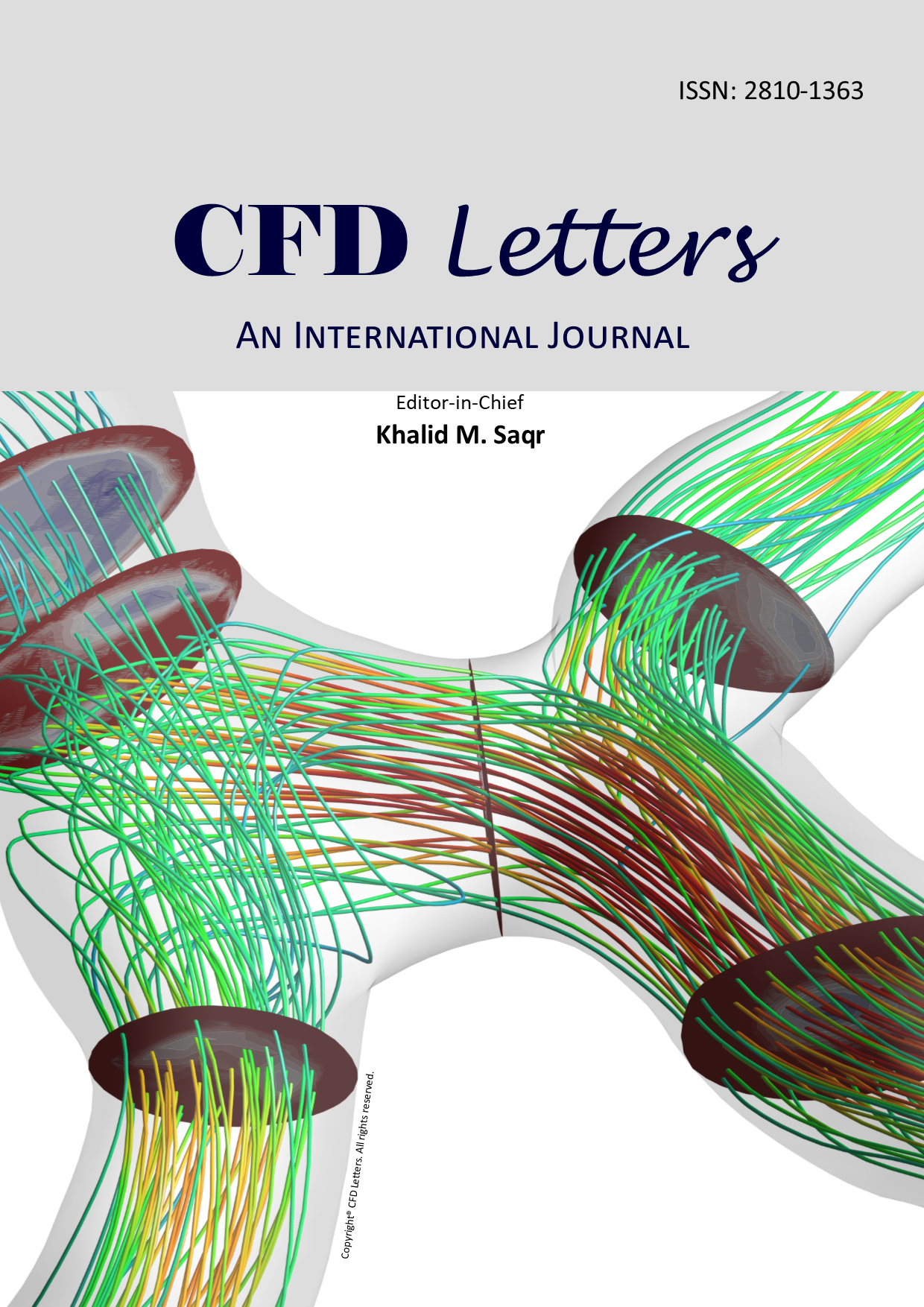Effect of Buoyancy Force on The Flow and Heat Transfer Around a Thin Needle in Al O - Cu 2 3 Hybrid Nanofluid
Keywords:
thin needle, buoyancy force, hybrid nanofluid, multiple solutions, stability analysisAbstract
An analysis has been performed to study the effect of buoyancy force in the boundary layer flow past a thin needle in a hybrid nanofluid. In this study, we have taken into consideration a combination of two types of nanoparticles which are alumina and copper in the base fluid. The coupled nonlinear partial differential equations representing momentum and heat equations are reduced into a set of nonlinear ordinary differential equations. The transformed equations are evaluated numerically by adopting the bvp4c method with the help of MATLAB software. Effects of involved controlling physical parameters, namely buoyancy or mixed convection parameter, velocity ratio parameter, solid volume fraction parameters and needle thickness on the skin friction coefficient and heat transfer rate as well as velocity and temperature profiles are indicated through graphs and then discussed. It is revealed that the addition of every 0.2% alumina and copper nanoparticle (????1 and ????2) into a base fluid tends to enhance the heat transfer rate for about 18% up to 44%. It is worth knowing that the existence of dual branches of the solution is noted when the flow is opposing (???? < 0) and when the needle against the free stream direction (???? < 0).













